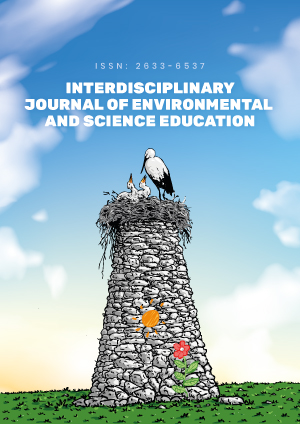Abstract
Education in general and science particularly are believed to promote the country's development. To this end, the government of Rwanda and its stakeholders in education have put efforts in place expected to improve the teaching and learning process of science and performance as well. Some of these efforts include among others the adoption of a Competence-Based Curriculum. This study analyzed the performance of students in biology among public lower secondary schools based on gender, type, and school location in Nyamagabe district, Rwanda during the implementation of BCBC. An ex-post facto research design was adopted to analyze biology grade scores of 3,129 students, who sat for the 2018 Ordinary Level Biology National Examination. Descriptive statistics and an Independent Sample t-test were used to analyze data. Results evidenced that students' performance in Biology was low (49% failed). The study found significant differences in students’ performance based on gender (t=-11.59, p<0.05), type of school (t=-19, 46, p<0.05) and school location (t=-6.36, p<0.5). The study concluded that despite the introduction of the Biology Competence-Based Curriculum (BCBC), the students’ performance in biology is still not encouraging. The gender, type of school, and school location affect students' academic performance in Biology. The findings provide the government and its stakeholders with insights on the need to encourage female students to study Biology, fund and equip day and rural secondary schools with both human and instructional resources to improve teaching and learning Biology as well as students’ performance in the subject.
License
This is an open access article distributed under the Creative Commons Attribution License which permits unrestricted use, distribution, and reproduction in any medium, provided the original work is properly cited.
Article Type: Research Article
INTERDISCIP J ENV SCI ED, Volume 18, Issue 1, 2022, Article No: e2259
https://doi.org/10.21601/ijese/11331
Publication date: 09 Nov 2021
Article Views: 4658
Article Downloads: 4990
Open Access References How to cite this article
 Full Text (PDF)
Full Text (PDF)